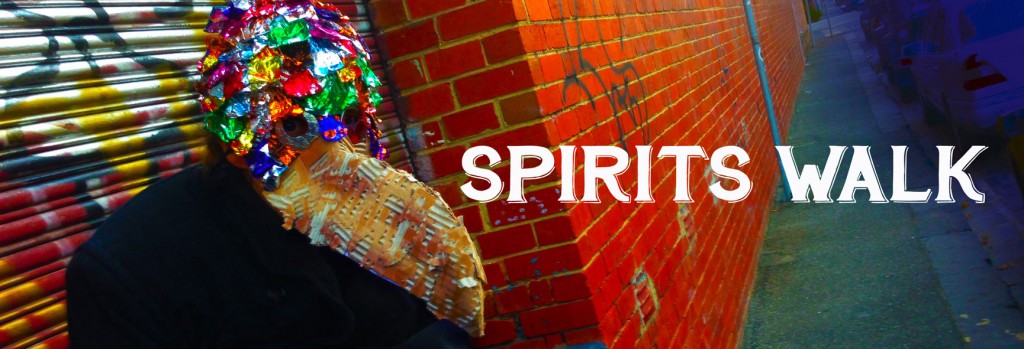I remember where I was when Kurt Cobain died. That’s probably a little unusual for someone of my age, because I was ten years old at the time. I didn’t yet really listen to much music, but I was on a family holiday with cousins a few years older than me, in Majorca, in a wide sprawling villa with ceramic tiled floors and a walk-in pantry in which, one exciting day, we found a centipede.
A huge thunderstorm woke me up scratching in the middle of the night – surprise and eczema are not good friends at the age of ten – and I ripped my arms from elbow to wrist in one half-asleep double-scratch movement, and I couldn’t go back in the swimming pool after that. Instead I sat outdoors and read a book of short horror stories – not Goosebumps but in a similar vein – three times in a week because I’d not brought enough books with me. There was one story in particular about a girl who found a cursed ring that forced her to hear the exact thoughts of everyone around her, including the people who secretly hated her, and it eventually drove her mad.
My cousins were old enough to watch MTV in the cool room where the pool table was, and it was through them that I learned that Kurt Cobain was the lead singer of a band called Nirvana, who were pretty good, and that he’d died. I also learned about Beavis and Butthead. It was a pretty good spring holiday.
Somewhere around two years later I bought my first album. It was the Spawn soundtrack. I hadn’t seen the film but the cover looked really, really cool and it had bands I’d heard of making music with bands I hadn’t. I think on some level I figured that if every song was a remix, every song had two bands, so I’d get twice as much value for money. After that, From The Muddy Banks Of The Wishkah was maybe my second or third purchase. I picked it up from a second-hand record store in York where my cousins lived. I was trying to be cool. Of course I was. I was 12.
I fell in love with that album. I listened to it over and over, poring over the lyrics in the CD insert, trying to understand how you took words like that and turned them into that sound: that rawness, that energy, that emotion. I started all backwards with Nirvana, so I was never really a Nevermind girl; eventually, when I’d picked up every album and gotten my friends to trade me tapes of bootleg tracks and B-sides, it was Bleach I loved the best. In Utero was too raw, too sad, too strange, too close to home. Nevermind was too popular, maybe, or perhaps just not energetic enough. I could jump around to Bleach. I could put on my massive 90s jeans and my skater chain, or my black miniskirt and my striped tights, and dance to it.
When I went to hospital my parents brought in CDs for me to listen to. They gave me a MiniDisc player for Christmas, the Christmas I spent on the adult psych ward, and I copied albums across to it so I could listen to them when I couldn’t sleep. I listened to a lot of In Utero that year. I put up a poster of Kurt Cobain on the noticeboard next to my bed, that one of him in jeans and a grey sweater with a gun in his hand, where he’s smiling. The music therapist taught me some basic chords on the guitar and I learned to play Polly, along with the chorus of “Why Does It Always Rain On Me” by Travis, because it used a lot of the same chords and it was always playing on the radio we had on in the dining room during most meals, to make the whole thing less weird for the anorexic patients.
When I was 14 or 15, I bought a huge long-sleeved T-shirt with the Nirvana acid smiley on the front and a slogan on the back: FLOWER SNIFFIN KITTY PETTIN BABY KISSIN ROCK N ROLL WHORES. I bought a dark colour to hide the blood, knowing there would be blood. These days, sometimes Grant wears it around the house, and I go short-sleeved.
I don’t listen to a lot of music these days. Sometime in my first or second year at university, about the time I stopped self-harming, I also stopped finding new music, and slowed down on listening to the things I’d always loved. Something about music rubs me raw, opens me up too much. I get emotional in ways that aren’t always comfortable, when the emotions come from the music – or from the past. When I made Detritus last year, I hadn’t listened to Nirvana specifically – deliberately, in the non-Spotify-random-playlist way where you actually listen to the music – in perhaps two years. I named each act after a Nirvana song, because that’s what was playing in my head when I was writing.
